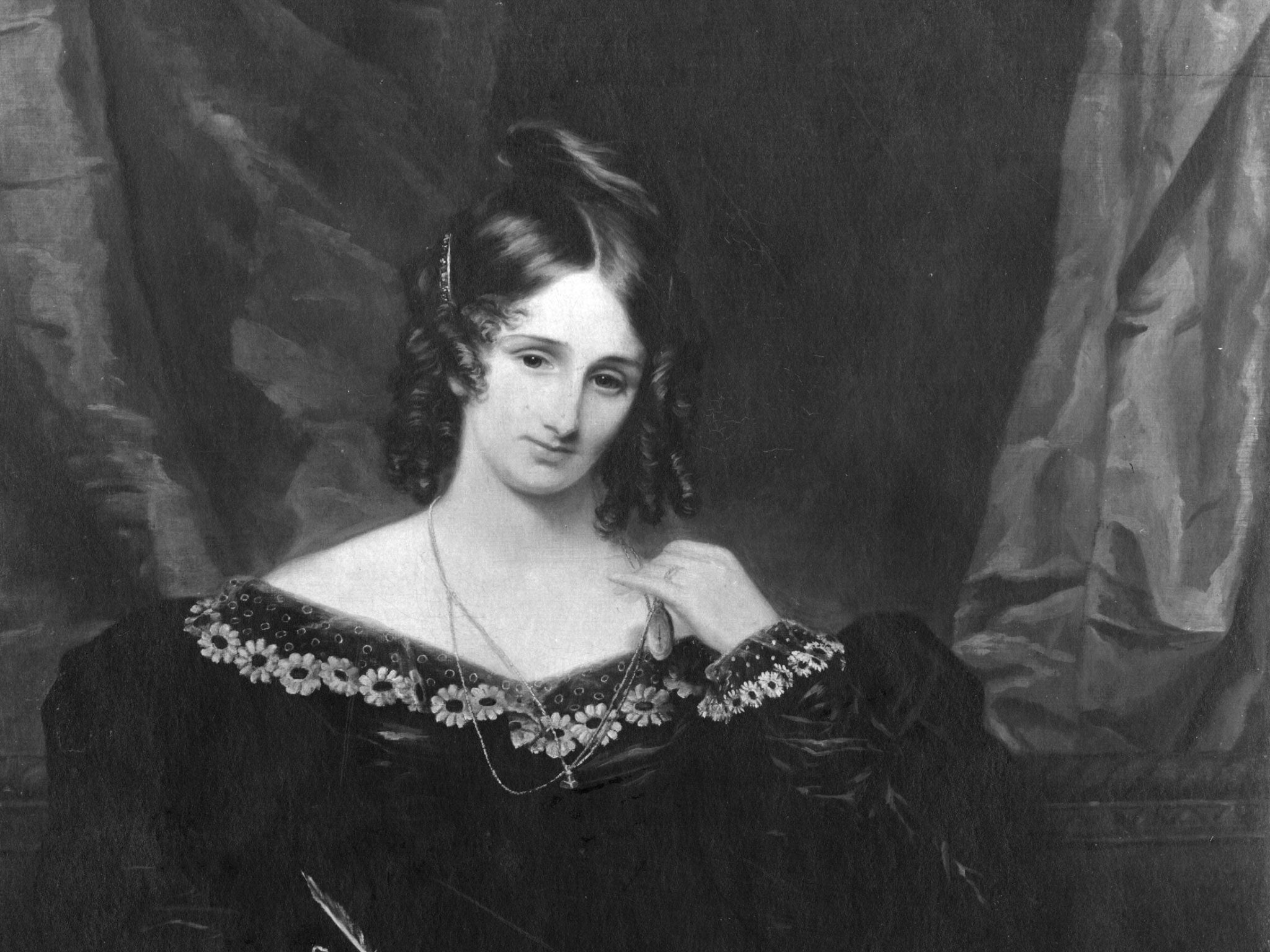Romantic Outlaws by Charlotte Gordon, book review: Rational creatures
Mary Shelley: Lived according to her mother’s ideals

There is, admits Charlotte Gordon, no shortage of biographies about the English feminist philosopher Mary Wollstonecraft or her daughter, Mary Shelley, the author of Frankenstein. Gordon takes a fresh approach, chronologically comparing and contrasting the women’s fortunes from birth to death. In alternate chapters she explores their influences, writing, and unconventional relationships in forensic detail. Gordon portrays Wollstonecraft and Shelley as clever, courageous women who constantly strove to live life on their own terms.
Wollstonecraft was born into a large family in 1759, and the household had a comfortable existence until her father squandered the family’s money in various failed projects. Being at the mercy of her father’s whims made Wollstonecraft determined to secure her own financial future. As a young woman she found employment first as a lady’s companion, then by setting up a school with her sisters and a friend.
Shelley’s childhood was blighted by money worries too, so much so that her stepmother, Mary-Jane, opened a bookshop in which Shelley and her step-siblings often worked. Her father, the radical philosopher William Godwin, appealed to an admirer, the young poet Percy Bysshe Shelley, for a loan and so the teenage Mary met the man she would later marry.
Wollstonecraft had given birth to her elder daughter, Fanny, out of wedlock and endured society’s condemnation. In light of this she married William Godwin when she became pregnant once more, dying 10 days after giving birth to Mary. In her turn, Mary had a child with Percy Bysshe Shelley while he was still married to his first wife, Harriet, and faced a life of debt and social ostracism. It was only when Harriet committed suicide that the couple were able to marry and their fourth and only surviving child, Percy Florence, was born.
After Wollstonecraft’s death, Shelley’s daughter-in-law, Jane, sanitised her life to such an extent that her work as a novelist, short story writer, travel writer, biographer and editor of her husband’s poetry was overshadowed by Jane’s portrayal of her as a conservative writer and wife. As for Shelley, in recent years her reputation as a writer and editor has been restored and Gordon’s research demonstrates that she endeavoured to live according to her mother’s feminist ideals.
At 547 pages this is a long but rewarding read. Gordon’s style is warm and engaging and she has produced a fascinating and detailed analysis of two extraordinary women and how they lived their lives in a patriarchy as writers and reformers.
Join our commenting forum
Join thought-provoking conversations, follow other Independent readers and see their replies
Comments